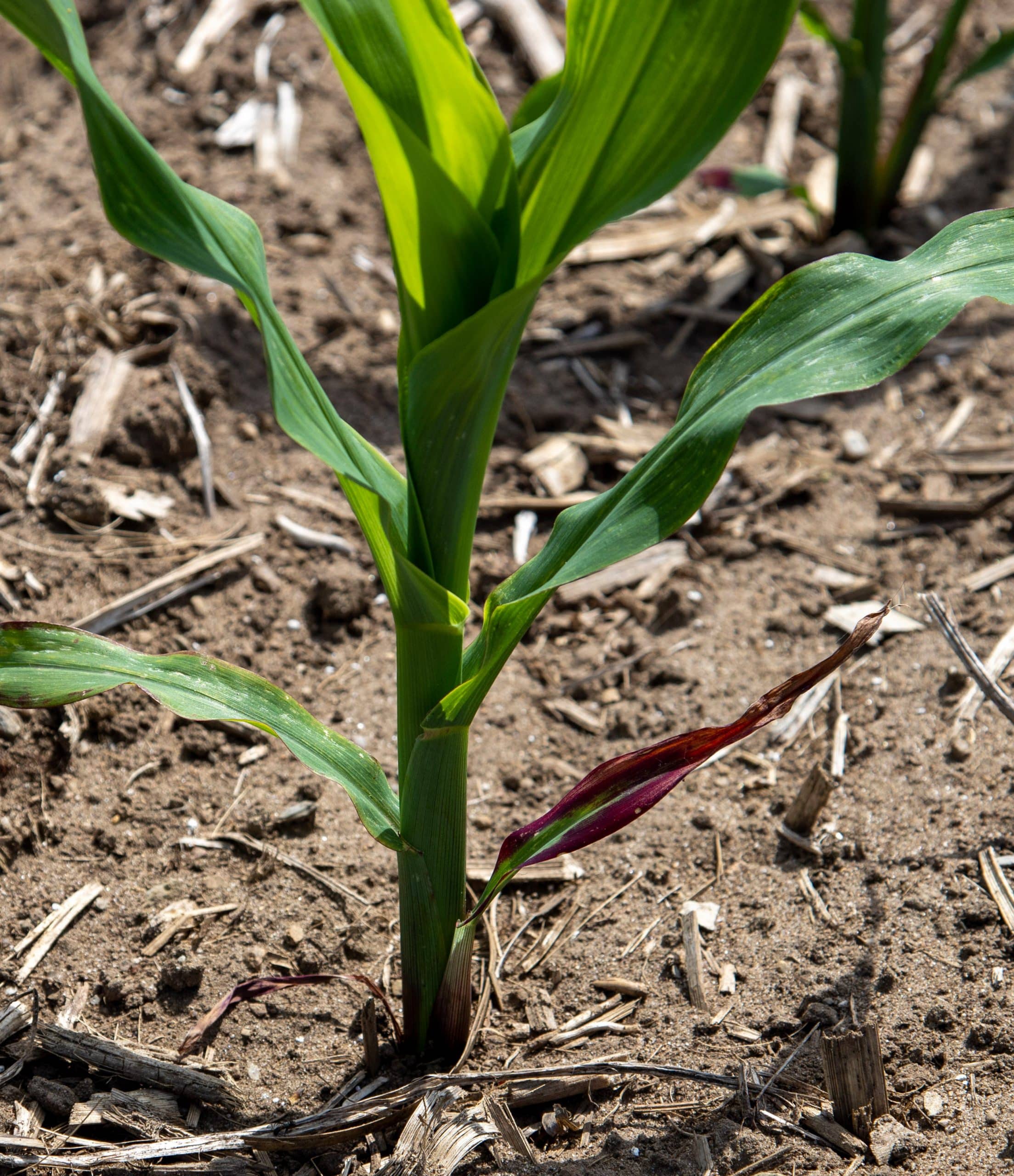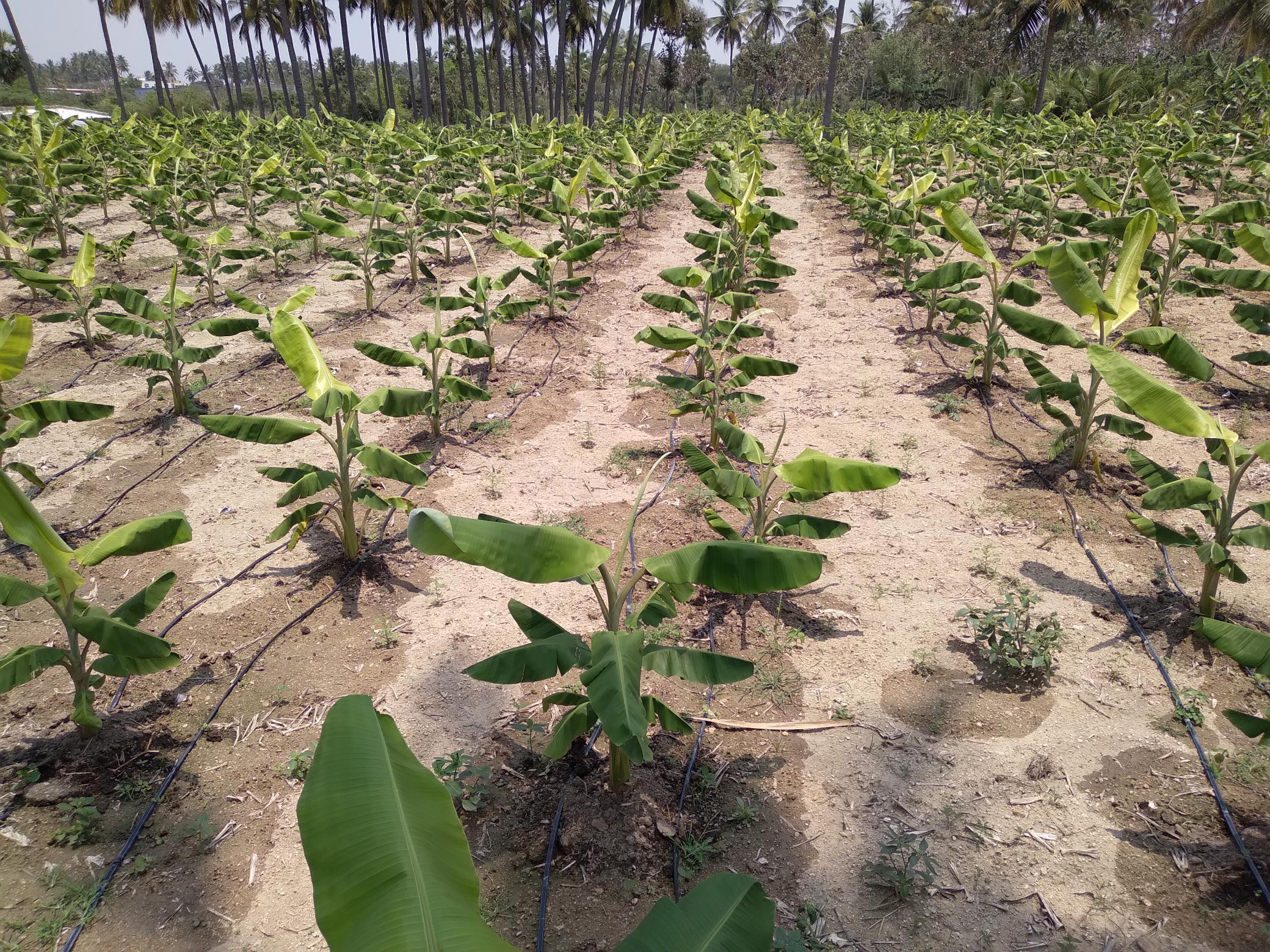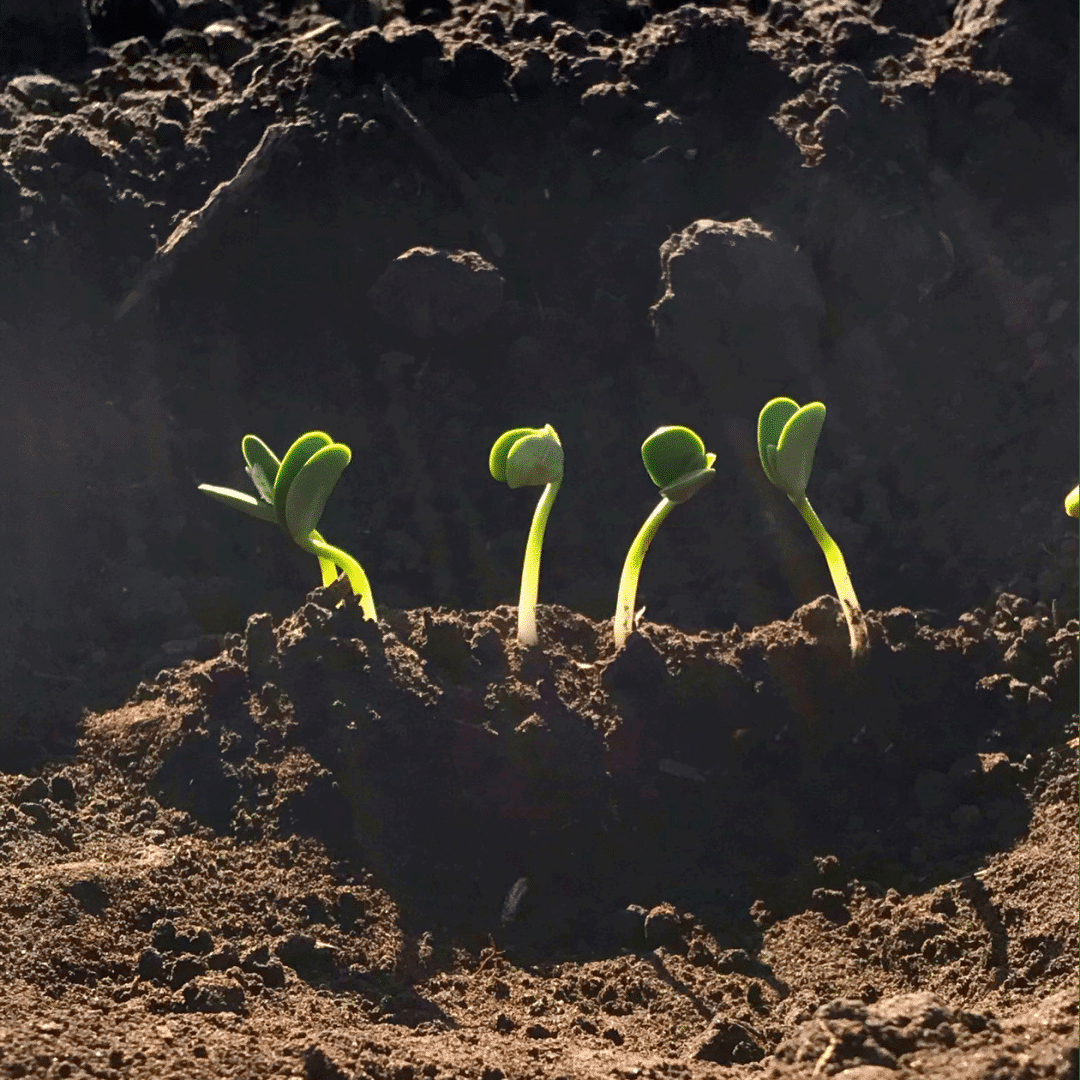Phosphorus is a key nutrient in agriculture, and phosphorus nutrition is essential for plant development. It is indeed a constituent of plant energy and organic tissues, and promotes root development. It is therefore essential to understand plants’ phosphorus need, its behavior in the in the soil, and how it is supplied and applied. For farmers, phosphorus management is at the center of their work and needs precise attention.
TIMAC AGRO takes an interest in all aspects of phosphorus, and has extensive knowledge of both raw materials and state-of-the-art technological products. On the one hand, our knowledge of the raw materials gives us optimum control over phosphate rocks and their various effects. On the other, technologies developed over the years, in conjunction with the agricultural world, improve phosphate nutrition and phosphorus efficiency. The phosphate nutrition offered by TIMAC AGRO ensures better crop health and higher yields.
For plants (and many other living organisms!), phosphorus is first and foremost a precious source of energy: it’s a valuable constituent of ATP (adenosine triphosphate), the molecule providing the energy needed for quite a number of metabolisms. It’s also a constituent of cell membranes and DNA molecules. This central role makes phosphorus an essential nutrient for plant structure and growth.
Phosphorus deficiency therefore quickly becomes a major problem for crops, and an inevitable loss of yield. Only, such a deficiency is not unusual.
First of all: too little phosphorus in the soil can be the cause of a deficiency. It is therefore necessary to supply plants with a sufficient quantity of this element, according its availability in the soil stock and the plant’s needs.
The second challenge of phosphorus nutrition is its behavior in the soil. Unlike nitrogen, phosphorus moves very little in the soil: it can only be absorbed within a 1 mm radius of the root (in comparison, nitrogen can be absorbed within a 10 mm radius). It therefore needs to be close to the roots to be absorbed, even though it is essential for a good root development. Phosphorus must be applied in the very first stages of plant growth, close to the seed, to promote good root growth and avoid future deficiencies.
A third parameter to take into account in controlling phosphorus deficiencies is the element’s tendency to remain blocked by other elements present in the soil. It then becomes unavailable to the plant. In basic soils (pH>8), phosphorus binds to calcium. In acidic soils, phosphorus binds to ferric or aluminic elements. Another reason to keep a close eye on soil pH!
All these characteristics make phosphorus a capricious element, and the causes of deficiencies are therefore numerous.
This nutrient, mainly assimilated by plants in the form of PO43- (orthophosphate ion), is naturally obtained by total degradation of organic matter (crop residues, livestock residues, etc.). However, this organic matter takes a long time to decompose through the action of soil microorganisms.
Phosphorus nutrition can therefore compensate for the long decomposition time and prevent possible deficiencies. It must be precise, localized and protected from immobilization phenomena.
This is why phosphate is the focus of special attention in agriculture: its cycle is studied, and its inputs precisely measured. The aim is to offer a complete solution, available “on demand” to the plant, which can then use it according to its needs.
TIMAC AGRO has thus specialized in a broad knowledge of materials and processes to build unique solutions, perfectly adapted to different local agricultural contexts all over the world.
TIMAC AGRO specifically selects its phosphate raw materials. It is designed to meet precise quality criteria, making it a valuable input in the field. It is also transformed by our industrial services to become more soluble and easily assimilated by the plant. This same material is then combined with innovative technologies to create unique solutions, phosphate fertilizers that protect phosphorus from retrogradation and precipitation, so that it can be put to better use in plant growth. In this way, TIMAC AGRO’s solutions provide greater control over fertilization.





